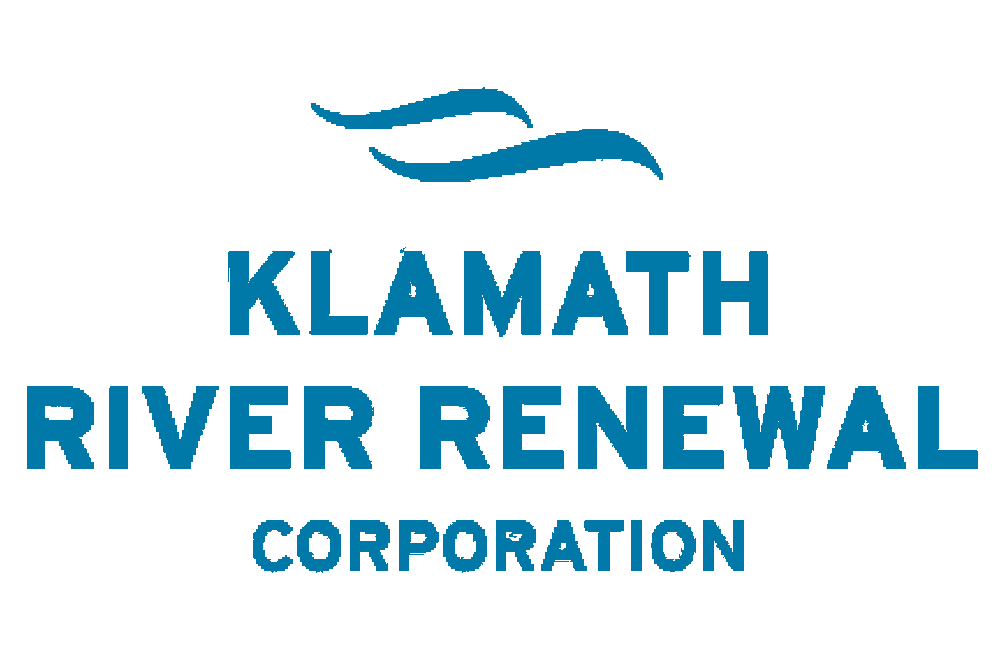“Definite Plan for the Lower Klamath Project” Provides Substantive and Specific Detail of Dam Removal Process
The Definite Plan was filed on June 28, 2018 as part of KRRC’s application to FERC for the transfer of the FERC license to operate the dams. FERC will review the Definite Plan to confirm KRRC has the technical, legal, and fiscal capacities to become the licensee. KRRC’s dam removal and river restoration project, currently the largest dam removal project in U.S. history, is expected to improve water quality, revive fisheries, create local jobs, and boost tourism and recreation.
The Definite Plan is an approximately 2,300-page document that provides comprehensive analysis and detail on project design, deconstruction, reservoir restoration, and other post-deconstruction activities. KRRC also filed responses to FERC’s requests for additional information, including in FERC’s March 15, 2018 order, as a part of its regulatory review and approval process.
Among the many topics covered in the Definite Plan are KRRC’s plans to: manage construction impacts, manage impacts to groundwater wells, perform flood-proofing, improve roads and bridges, provide recreation opportunities, replace the City of Yreka water line, protect aquatic resources, and provide for ongoing fish hatchery operations. The plan also provides updated information on project costs and risk management.
KRRC is confident these foundational documents will help FERC determine KRRC capability to assume license of the dams and to complete the dam removal process, which includes deconstruction of the dams and restoration of formerly inundated lands.
“We have completed a major milestone through the development and filing of this plan,” said KRRC Executive Director, Mark Bransom. “KRRC has developed this plan with tremendous respect for the complexity of the project and with extraordinary care in its efforts to enhance benefits and minimize impacts to local communities. I am proud of this achievement and I look forward to the next steps in the regulatory review process.”
In May, FERC authorized KRRC to convene a panel of nationally recognized experts to serve as an Independent Board of Consultants (BOC) for the project. This panel brings expertise in dam construction and removal, engineering, aquatic and terrestrial biology, construction cost estimating, and risk management. During the coming months, FERC and the BOC will review and provide guidance on the Definite Plan. KRRC welcomes this feedback and will continue its planning and preparations in anticipation of a future decision by FERC on the transfer and surrender applications. If KRRC receives all necessary approvals to begin work, it expects to begin site preparations in mid-2020, with dam removal and restoration activities commencing in 2021.
A complete copy of the Definite Plan is available at klamathrenewal.org/definite-plan.
The Klamath River Renewal Corporation (KRRC) is an independent nonprofit organization founded in 2016 as part of the amended Klamath Hydroelectric Settlement Agreement (KHSA). KRRC is part of a cooperative effort to re-establish the natural vitality of the Klamath River so that it can support all communities in the basin. Signatories of the amended KHSA incude the states of California and Oregon, local governments, tribal nations, dam owner PacifiCorp, irrigators, and several conservation and fishing groups. KRRC was formed for the sole purpose of taking ownership of four PacifiCorps dams—J.C. Boyle, Copco No. 1 & 2, and Iron Gate—and then removing these dams, restoring formerly inundated lands, and implementing required mitigation measures in compliance with all applicable federal, state, and local regulations. KRRC’s work is funded by PacifiCorp customer surcharges and California Proposition 1 water bond funds.
KRRC values transparency and cooperation with all stakeholders and is committed to working with residents and governments to minimize any nuisance or negative impacts while enhancing the project’s local benefits.
